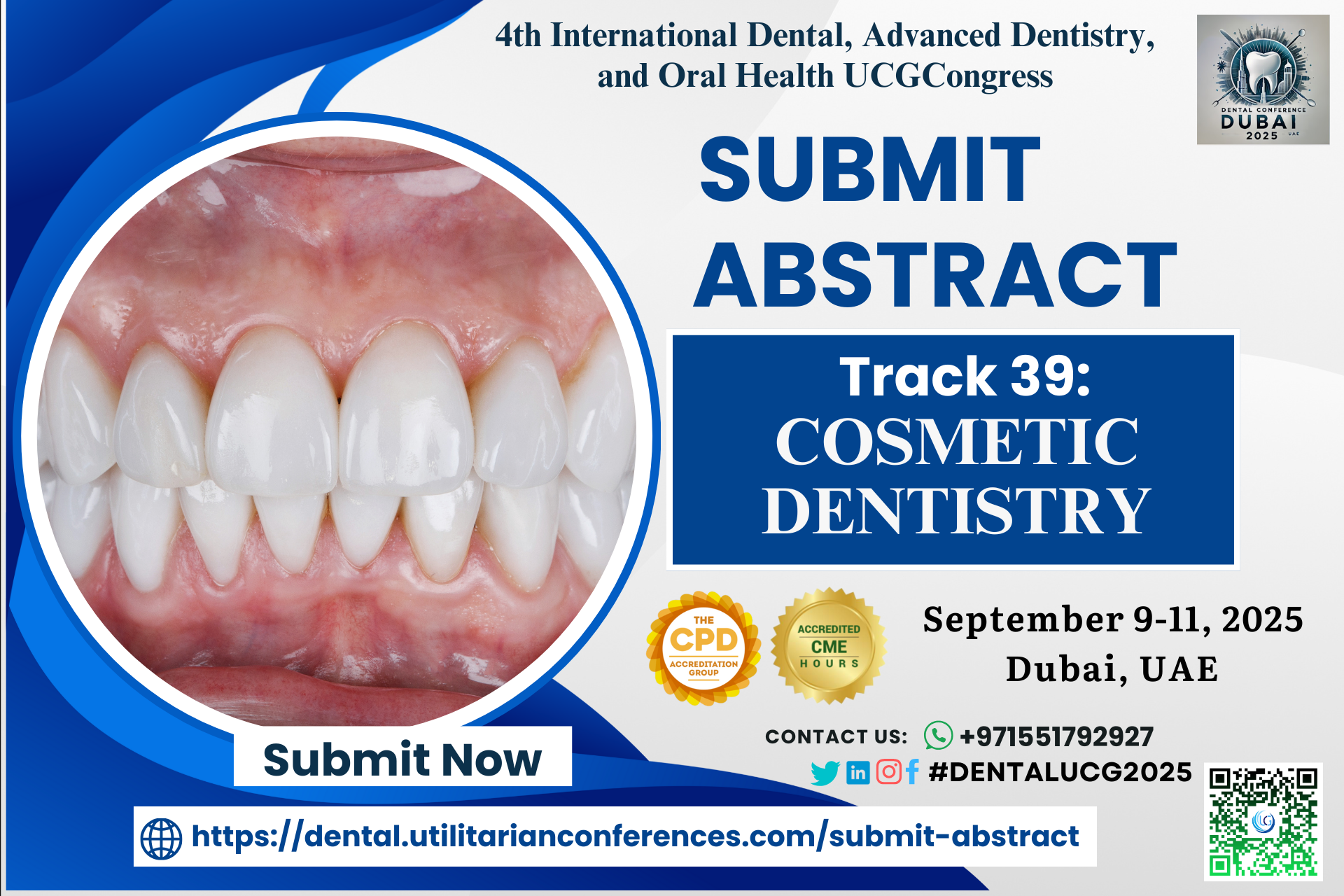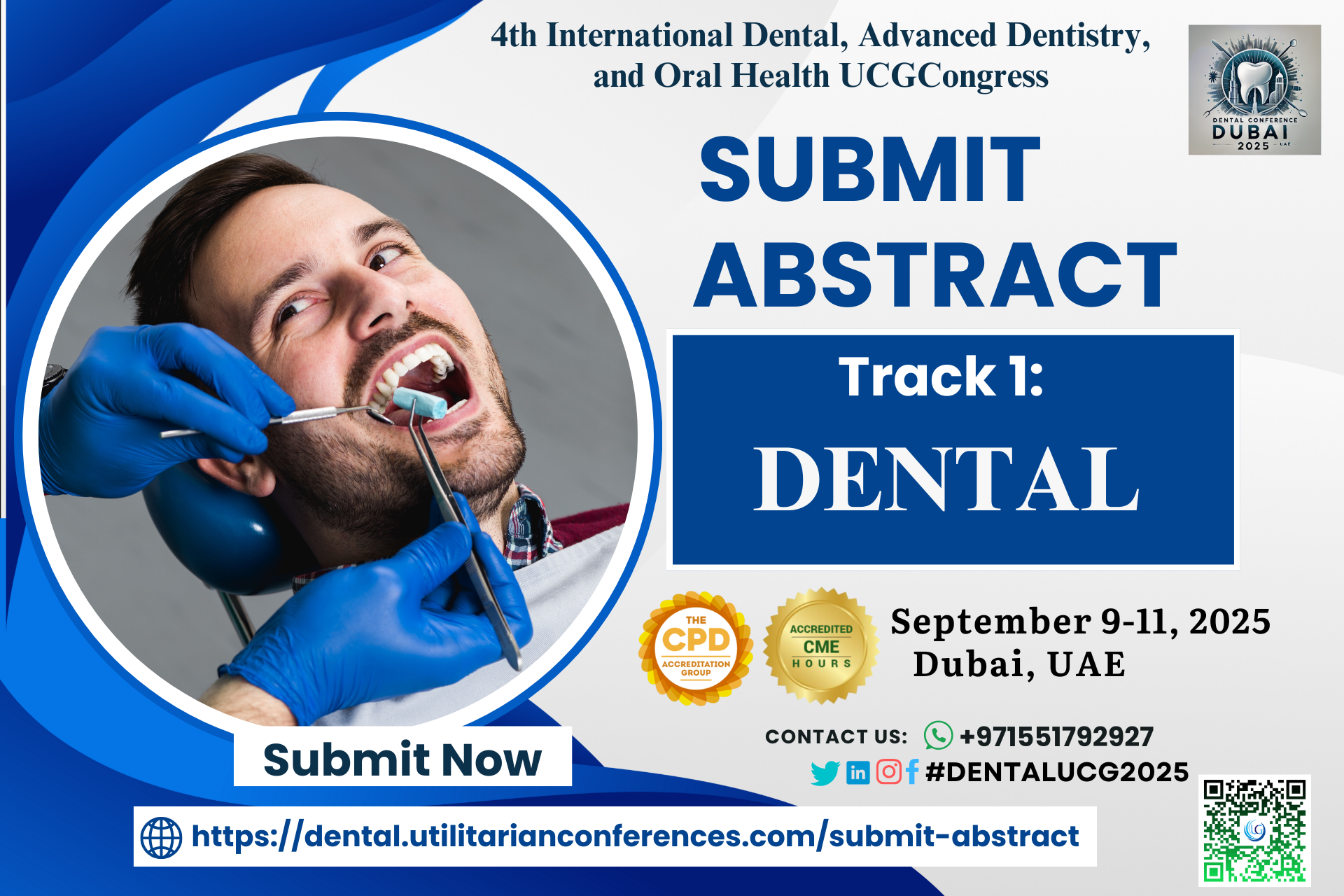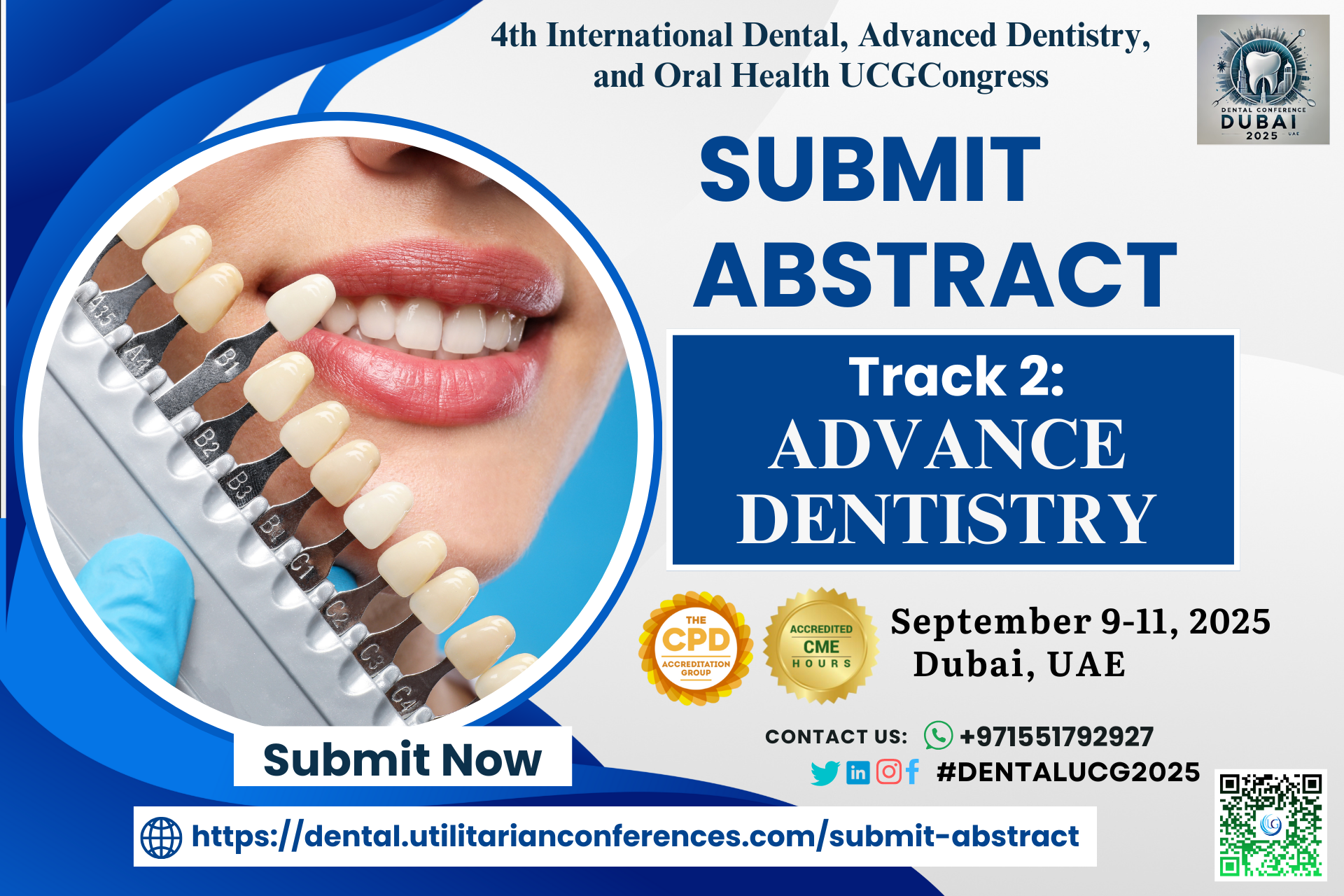Cosmetic Dentistry focuses on enhancing the appearance of a person’s smile and teeth, addressing issues such as discoloration, misalignment, and other aesthetic concerns. Here is a detailed outline of the content typically covered in Cosmetic Dentistry:
1. Introduction to Cosmetic Dentistry
- Definition and Scope: The goal of cosmetic dentistry in improving dental aesthetics and overall facial appearance.
- History of Cosmetic Dentistry: Evolution of cosmetic dental procedures and materials.
- Importance of Cosmetic Dentistry: How cosmetic procedures improve self-esteem, confidence, and overall well-being.
2. Whitening and Brightening Treatments
- Teeth Whitening: Methods for brightening discolored or stained teeth, including in-office whitening, take-home kits, and over-the-counter products.
- Whitening Agents: Types of whitening agents such as hydrogen peroxide and carbamide peroxide, and how they work.
- Post-Whitening Care: Maintaining results, minimizing sensitivity, and avoiding certain foods/drinks.
- Risks and Limitations: Addressing sensitivity, overuse, and results in patients with certain conditions (e.g., gum recession, deep staining).
3. Dental Veneers
- What Are Veneers?: Thin shells of porcelain or composite resin that cover the front surface of teeth to enhance appearance.
- Indications for Veneers: Treatment for chips, cracks, discoloration, misalignment, and worn teeth.
- Procedure: Steps involved in getting veneers, including tooth preparation, impressions, and bonding.
- Longevity and Maintenance: How long veneers last and how to maintain them.
- Types of Veneers: Traditional porcelain veneers vs. no-prep or minimal-prep veneers (e.g., Lumineers).
4. Bonding
- Dental Bonding: A procedure where a tooth-colored resin is applied to correct imperfections such as chips, gaps, or discoloration.
- Applications of Bonding: Closing gaps between teeth, reshaping teeth, or improving the appearance of a single tooth.
- Advantages and Disadvantages: Cost-effective, but may not be as durable as other cosmetic procedures.
- Bonding vs. Veneers: Differences in material, longevity, and the extent of tooth preparation.
5. Porcelain Crowns
- What Are Crowns?: Caps placed over a damaged or decayed tooth to restore its shape, size, and function.
- Indications: Used for severely damaged teeth, root canal-treated teeth, or to cover implants.
- Procedure: Steps for crown placement, including tooth preparation, impressions, and fitting.
- Porcelain Crowns: Advantages of using porcelain for natural-looking crowns.
- Durability and Care: How long crowns last and how to care for them to maintain their appearance.
6. Dental Implants
- What Are Dental Implants?: Titanium posts surgically placed in the jawbone to replace missing teeth, followed by crown placement for a complete restoration.
- Benefits of Implants: Restore function, prevent bone loss, and provide a permanent solution for missing teeth.
- Procedure: The steps involved, including consultation, implant placement, healing, and crown attachment.
- Implants vs. Bridges: Differences between implants and traditional bridges in terms of durability, aesthetics, and oral health benefits.
7. Invisalign and Clear Aligners
- What is Invisalign?: A brand of clear, removable aligners used to straighten teeth without traditional metal braces.
- Other Clear Aligners: Alternative brands and methods of clear aligner therapy.
- Advantages: Discreet, comfortable, and effective for mild to moderate orthodontic issues.
- Procedure: How clear aligners are designed, fitted, and changed over time.
- Maintenance and Care: Proper cleaning of aligners and managing treatment progress.
8. Gum Contouring and Reshaping
- What Is Gum Contouring?: A cosmetic procedure to reshape the gum line, often used to correct a “gummy smile” or uneven gum contours.
- Laser Gum Contouring: Use of lasers to remove excess gum tissue for a more balanced smile.
- Crown Lengthening: A procedure to expose more tooth structure by removing excess gum or bone tissue.
- Gum Grafting: Surgical procedure to correct gum recession and restore a healthy gum line.
9. Smile Makeover
- What Is a Smile Makeover?: A personalized treatment plan to address multiple aesthetic concerns, such as crooked teeth, gaps, discolored teeth, and gum issues.
- Comprehensive Approach: Combining several cosmetic procedures like whitening, veneers, bonding, and orthodontics.
- Custom Treatment Plans: Tailoring the makeover to the patient's facial features, age, and personal preferences.
10. Tooth Reshaping and Contouring
- What Is Tooth Contouring?: A procedure to reshape and smooth irregular or chipped teeth to improve their appearance.
- Indications: Ideal for teeth that are slightly crooked, uneven in size, or chipped.
- Procedure: Minimal reshaping of the enamel to create more symmetrical teeth.
- Advantages and Risks: Quick and non-invasive, but irreversible once performed.
11. Full Mouth Rehabilitation
- What Is Full Mouth Rehabilitation?: Comprehensive restoration of the entire mouth, combining both cosmetic and functional treatments.
- Conditions Treated: Severe wear and tear, tooth loss, jaw misalignment, and TMJ disorders.
- Multidisciplinary Approach: Involvement of multiple specialists like orthodontists, periodontists, and prosthodontists for a full recovery.
- Outcome Expectations: Restoring both the appearance and function of the mouth.
12. Aesthetic Considerations and Facial Aesthetics
- Teeth and Facial Harmony: How teeth work with the overall facial aesthetics to create a pleasing smile.
- Proportions of an Attractive Smile: The role of the golden ratio in smile design, such as tooth size, lip contour, and gum line symmetry.
- Facial Aesthetics and Dental Treatments: Incorporating Botox or dermal fillers with cosmetic dental procedures for facial enhancement.
13. Technological Advancements in Cosmetic Dentistry
- Digital Smile Design (DSD): Using computer software to create a virtual model of a patient’s smile, helping to plan treatments more accurately.
- Laser Dentistry: The use of lasers in teeth whitening, gum reshaping, and other cosmetic procedures.
- 3D Printing: How 3D printing technology is used in making crowns, bridges, and veneers more quickly and precisely.
14. Risks, Limitations, and Aftercare
- Potential Risks: Sensitivity, gum irritation, and complications with restorations (e.g., veneer chipping, crown loosening).
- Post-Treatment Care: Maintaining results, avoiding certain foods, and good oral hygiene practices after cosmetic treatments.
- Long-Term Considerations: Managing oral health to ensure longevity of cosmetic work and prevent future dental issues.
15. Ethical and Psychological Aspects of Cosmetic Dentistry
- Patient Expectations: Setting realistic expectations and educating patients on the outcomes of cosmetic procedures.
- Psychological Impact: How cosmetic dentistry can improve self-esteem, confidence, and social interactions.
- Ethical Considerations: Ensuring procedures are done with patient consent, informed choices, and realistic expectations.
Cosmetic dentistry blends artistic and technical expertise to provide patients with aesthetically pleasing results that enhance their smiles and overall facial appearance, improving not just their dental health but also their self-confidence and quality of life.





